THE DARK SELKIE
1998
by Eric Whollem
oxides on white clay
6"
Private Collection
PHOTO COPYRIGHT BY THE ARTIST
CLICK ON IMAGE TO ENLARGE
CELTIC MERMAIDS
The peoples of Scotland and Ireland refer to the mermaid as a
'selkie.' This term literally translates as 'shifter.'
The archaic religion of the Celts posits metempsychosis, or
reincarnation as the order of things. After death a soul is said to
undergo transformation. This means a person could manifest as
an animal, a stone, a tree, or another person. This is one aspect
of the 'shifting' which is indicated for the selkies. However there
are special cases where the shifting occurs magically during the
life of a being. For example, Morrigan, the Sea Queen, is said
to have been able to take the form of many different animals.
One of the most popular conceptions is that Celtic mermaids
manifest as seals. This is only one form that the soul might take
in the Otherworld. The Irish Celts called the Otherworld Emania,
while the Celts of Wales referred to this land a Annwn, the
Summerland.
It is said that nine mermaid Goddesses tend cauldrons at the
bottom of the sea off the Galway Coast. These cauldrons are
said to represent the wombs of metempsychosis. Many of the
archaic Gods and Goddesses had special magical cauldrons.
Also the Sidhe, or Celtic fairies, are said to have kept cauldrons
hidden in lakes.
THE CELTS THROUGH HISTORY
Galicia, Breton, Liguria, Gallo-Helvetia, Persia, Scythia, etc.
The Celtic peoples are not limited historically to Ireland and
the British Isles. The Celts of France live in Breton, or Brittany.
The Celts of Spain and Portugal live in Galicia. While Liguria,
in northern Italy is the traditional Celtic region of that country.
The Gallo-Celtic peoples of Helvetia, are the Swiss Celts.
The regions north of Greece are tradtionally Celtic. Many students
of ethnic lore also posit Turkey as a pivotal location for much
Celtic migration. The Vikings, especially from their center in
Denmark, represent the northern migrations of the Celts. The
curvilinear designs in Scandinavian art are very distinctively
Celtic, being from the Scythian ancestors of the Celts. Many
songs of the Norwegians and others have a very Irish and
British feel to them. But Galician music from Iberia in many
cases is nearly indistinguishable from Irish music.
The Celtic peoples have their traditional ancient homeland
in Persia and Scythia, where they migrated to other parts of the
world. There are generally two major migrations: the northern
Celts and the Southern, who travelled through Phoenicia and
Egypt to Spain.
ERIC WHOLLEM CELTIC PLAYLISTS
See my playlist of Galician music on Youtube for good examples
of lesser known Celtic music.
Among my other Celtic playlists are the music of Liguria, Lombardy,
as well as Ireland, etc.
On my Romanian playlist there is a beautiful rendition by Maria Tanase,
entitled, 'Bun il vinu' ghiurghiuliu,' a song which indicates a link to the
Celtic music of Lombardy, insofar as the Romanians are largely derived
from Italian colonists.
You can find a link to the ERIC WHOLLEM CHANNEL on the left
hand column on this blog.
THE RED SELKIE
1998
by Eric Whollem
earth pigments on white clay
6"
Private Collection
PHOTO COPYRIGHT BY THE ARTIST
CLICK ON IMAGE TO ENLARGE
_______________________
See my posts about SELKIES:
Read more about CELTIC MYTH:
THE VIDEO BELOW
PRESENTS A VARIETY OF MY
CERAMIC SEA HORSE SCULPTURES
Video by Eric Whollem
Read more about the CELTS on Wikipedia:
*

















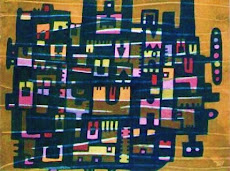


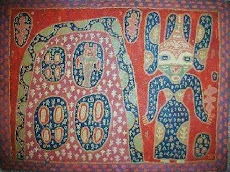






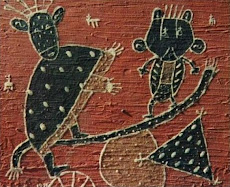


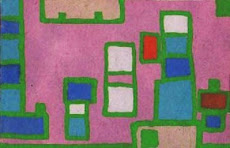




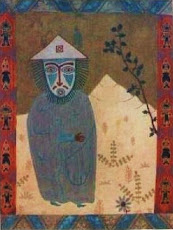



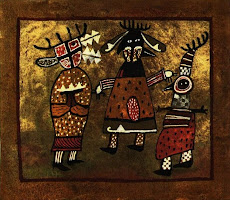






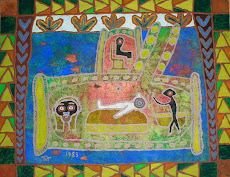




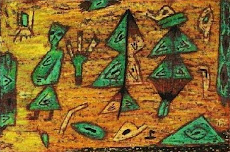
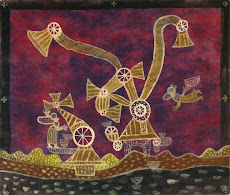






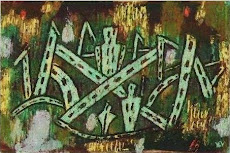
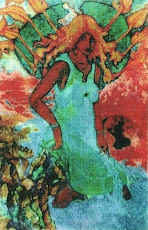

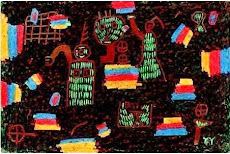
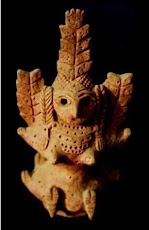
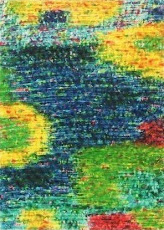




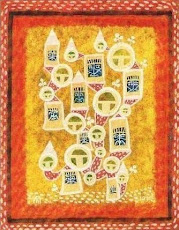
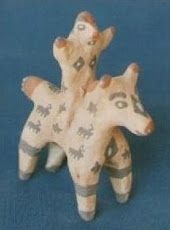
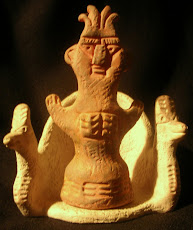
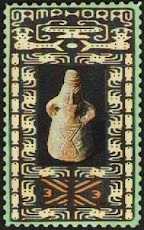
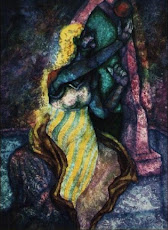
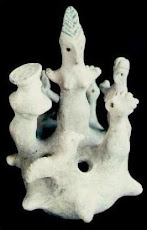

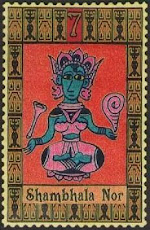

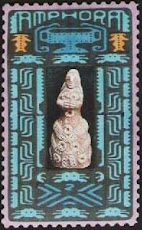
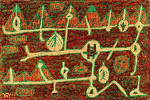

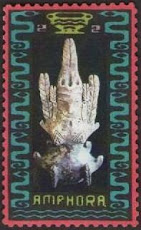



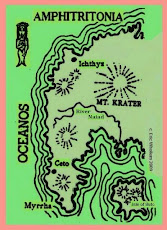
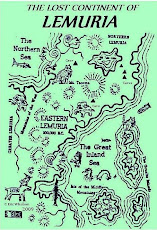
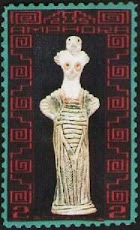



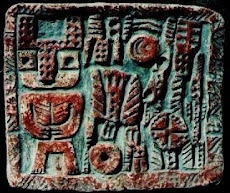

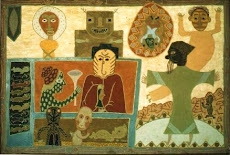





No comments:
Post a Comment
Inquiries, reactions, observations, favorites, commentary. Share with others.